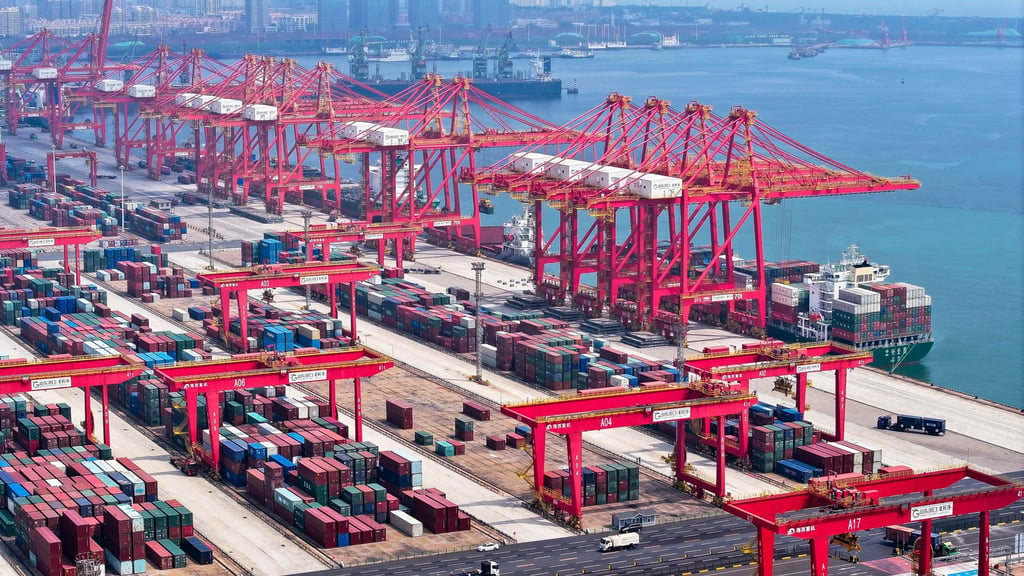As cheap Chinese imports flood Southeast Asia, industries struggle to stay afloat
Local industries – from Thailand’s truckers to Malaysia’s retailers – are feeling the squeeze from low-cost Chinese goods

Across Southeast Asia, a tidal wave of cheap Chinese imports is swamping local industries, leaving devastation and joblessness in its wake.
For Meelarp Tangsuwana, who founded his ceramics factory 35 years ago, the numbers just don’t add up. His company, like many others in Lampang, produces hand-painted soup bowls, lovingly crafted and sold for 18 baht (53 US cents) each to food stalls across Thailand and beyond. Yet Chinese competitors are flooding the market with identical bowls – minus the artistry – priced at a mere 8 baht.
“I don’t understand how it’s possible to drop the costs that low,” he said.
Meelarp’s despair resonates throughout the region, where makers of textiles, cosmetics, electronics and kitchenware find themselves outmatched by Chinese manufacturers, whose highly automated supply chains and relentless pursuit of new markets are reshaping the competitive landscape.

“As Western markets become less accessible to Chinese goods, Southeast Asia has increasingly become a focal point for Chinese exports,” said Muhammad Zulfikar Rakhmat, director of the Jakarta-based Centre of Economic and Law Studies think tank’s China-Indonesia desk.
